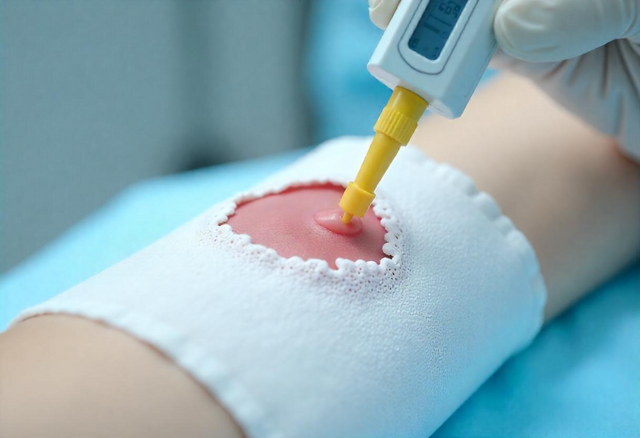The army's latest invention, 3d printed skin.
The army's latest invention, 3d printed skin.

The progress of the war.

Mobile medical units
Follow my publications with the latest in artificial intelligence, robotics and technology.
If you like to read about science, health and how to improve your life with science, I invite you to go to the previous publications.
If you like to read about science, health and how to improve your life with science, I invite you to go to the previous publications.